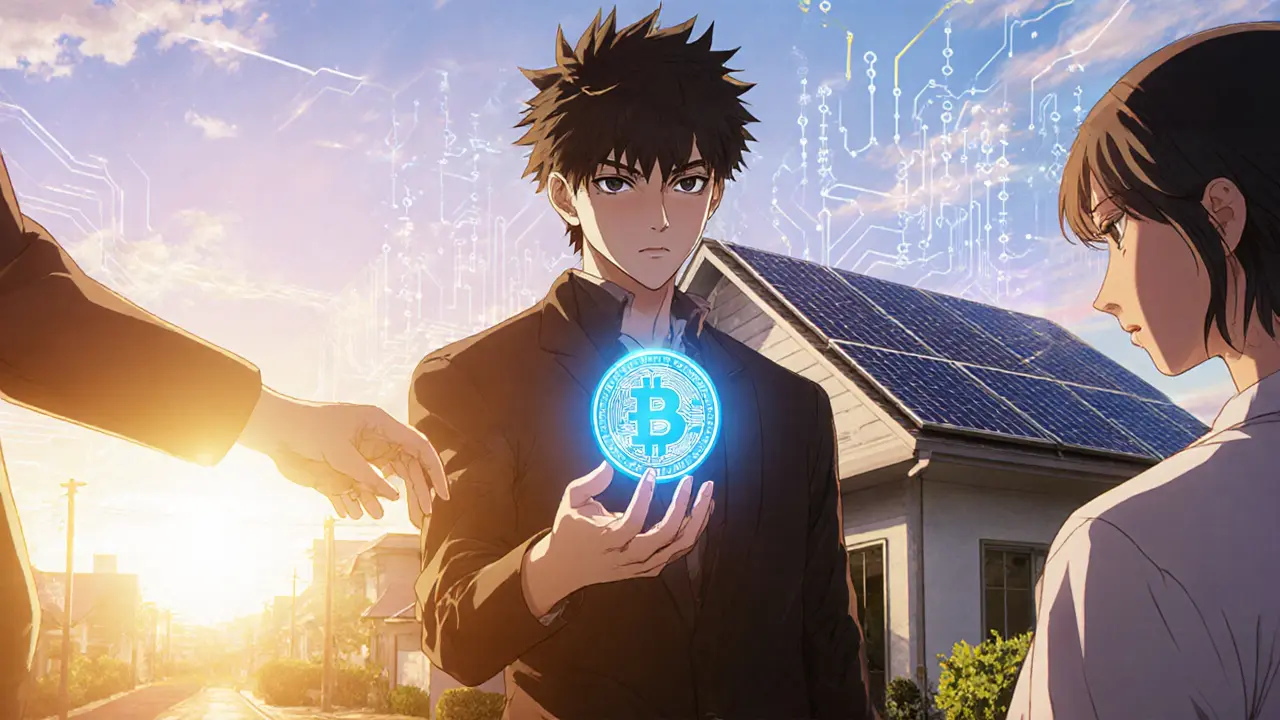

When talking about blockchain energy trading, the use of blockchain technology to enable peer‑to‑peer electricity exchange, transparent tracking of renewable generation, and automated settlement of energy trades. Also known as energy trading on blockchain, it reshapes how producers, consumers, and grid operators interact.
At its core, smart contracts, self‑executing code that enforces the terms of an energy trade without a middleman give certainty to every kilowatt‑hour exchanged. They eliminate manual invoicing, cut reconciliation time to seconds, and lock in price rules that can’t be altered after the fact. energy tokenization, the conversion of units of electricity or renewable certificates into digital tokens creates tradable assets that can be bought, sold, or bundled on secondary markets, opening liquidity for small producers who previously couldn't access it. Together, these tools enable decentralized energy markets, platforms where participants trade power directly, bypassing traditional utilities. The result is a more resilient grid: when excess solar spikes in a neighborhood, a token‑based trade can instantly reroute that surplus to a nearby consumer, keeping the system balanced without a central dispatcher's intervention.
Because the blockchain ledger is immutable, every trade, certification, or emission offset stays auditable for regulators and investors alike. This transparency fuels new business models—like “green‑energy as a service” where households pay for verified renewable power via crypto wallets, or “capacity‑sharing” schemes where commercial buildings lease idle generation capacity to the grid during peak hours. Moreover, the lower transaction costs and near‑instant settlement speed make micro‑transactions feasible, allowing households to sell a few kilowatt‑hours back to the network and get paid in real time. As the world pushes for carbon‑neutral goals, these mechanisms become essential for tracking renewable energy certificates (RECs) and ensuring that every purchased token truly represents clean power.
Our collection below pulls together practical guides, deep‑dive analyses, and real‑world case studies that illustrate how blockchain energy trading is being built today. From token design patterns to regulatory hurdles in emerging markets, each article shows a slice of the ecosystem you can act on right now. Dive in to see how you can leverage smart contracts, tokenized assets, and decentralized markets to participate in the future of power.

Explore how blockchain energy trading cuts costs, boosts grid resilience, and empowers households to sell renewable power directly, with real‑world examples and a clear FAQ.